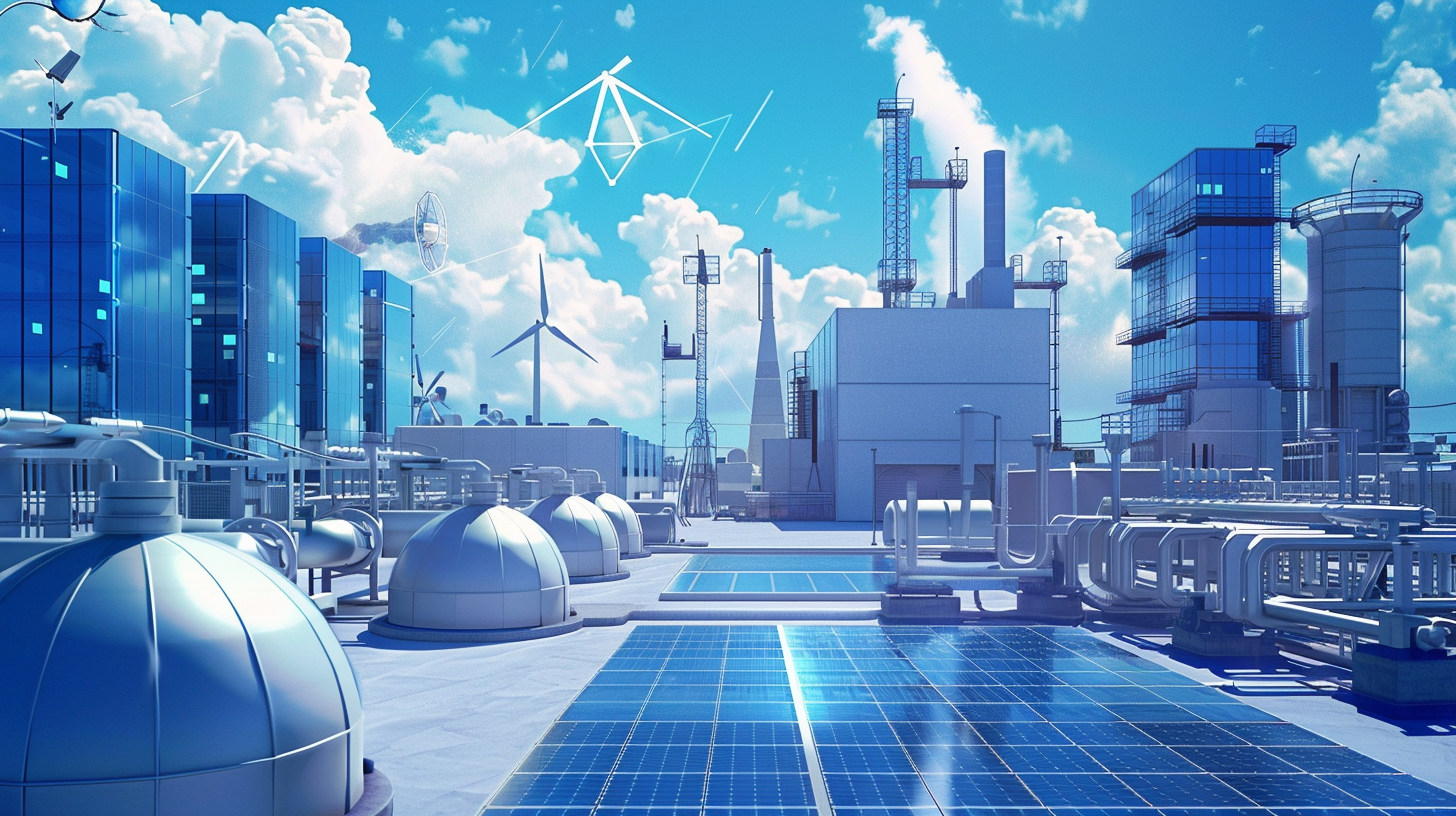| Key Points: – The Biden administration finalized a tax credit offering up to $3 per kilogram for cleaner hydrogen production under the Inflation Reduction Act. – Groups cautiously support the move but warn about potential loopholes rewarding “dirty” hydrogen producers. – Clean hydrogen is expected to aid hard-to-electrify industries like steel manufacturing, aviation, and marine shipping in reducing carbon emissions. |
The Biden administration has introduced finalized rules for a tax credit that promises billions of dollars to support cleaner hydrogen production. The rules, released Friday, aim to accelerate the transition away from fossil fuels in industries like transportation, steelmaking, and manufacturing, sectors that are notoriously challenging to decarbonize.
Hydrogen, hailed as a potential clean energy solution, is primarily produced today from natural gas, which emits significant greenhouse gases. However, it can also be produced using renewable or low-emission energy sources like solar, wind, or nuclear power. The new credit, part of the Inflation Reduction Act, is designed to encourage such low-carbon methods.
Under the final rules, producers using renewable energy to split water into hydrogen and oxygen can qualify for the full $3-per-kilogram credit. Producers relying on natural gas may also receive the full credit if they employ carbon capture and sequestration technologies. Alternative methods, such as using biogas or methane from landfills, could also qualify for varying levels of support.
Environmental groups have expressed cautious optimism about the rules. The Clean Air Task Force lauded the policy’s potential to reduce emissions by incentivizing cleaner hydrogen production methods.
“If the hydrogen qualifies for a credit, it means it’s being produced with fewer emissions than the fossil fuels it aims to replace,” said Conrad Schneider, senior director at the Clean Air Task Force.
However, concerns remain. Earthjustice highlighted the risk of “dirty hydrogen” producers exploiting loopholes. Critics worry that hydrogen derived from natural gas, even with carbon capture, might not meet stringent climate goals if methane emissions from gas extraction and transportation are not adequately monitored.
Treasury Deputy Secretary Wally Adeyemo emphasized that the credit, coupled with the Bipartisan Infrastructure Law, represents a transformative step for clean hydrogen development.
“We are advancing the world’s most ambitious policies to support clean hydrogen,” Adeyemo stated, pointing to its potential to replace fossil fuels in hard-to-decarbonize sectors like aviation and marine shipping.
The Fuel Cell & Hydrogen Energy Association, which includes over 100 members across the hydrogen value chain, welcomed the clarity provided by the finalized rules. However, Frank Wolak, the association’s president, expressed uncertainty about how the tax credit would impact industry investment decisions.
“The big question is whether this tax credit will universally spur confidence and drive investments or only work for certain players,” Wolak remarked.
As the clean hydrogen industry begins to navigate this new policy landscape, it faces challenges in ensuring the accurate tracking of emissions, particularly for hydrogen produced using natural gas. The effectiveness of the credit in advancing clean energy solutions while avoiding loopholes remains to be seen.
